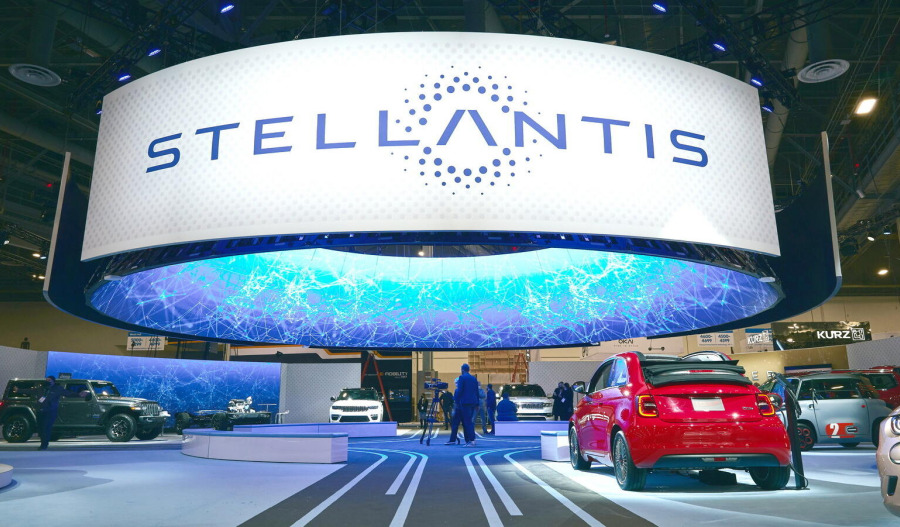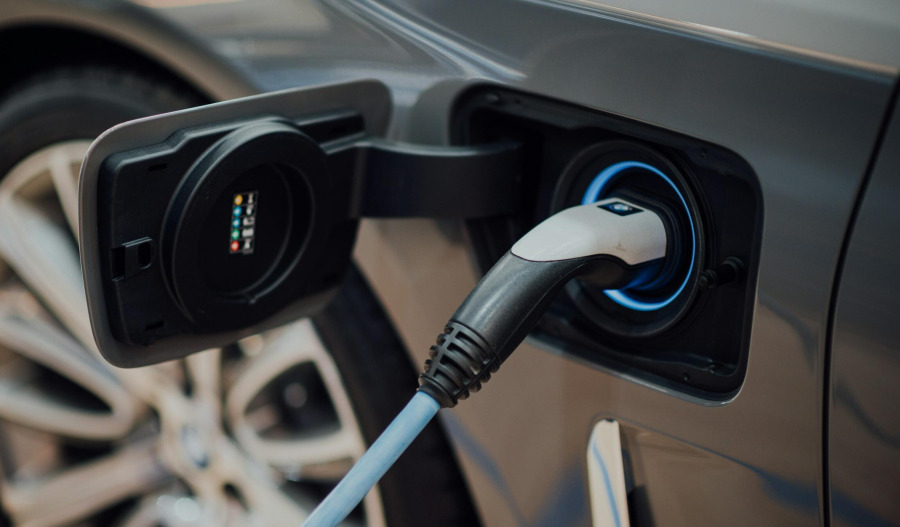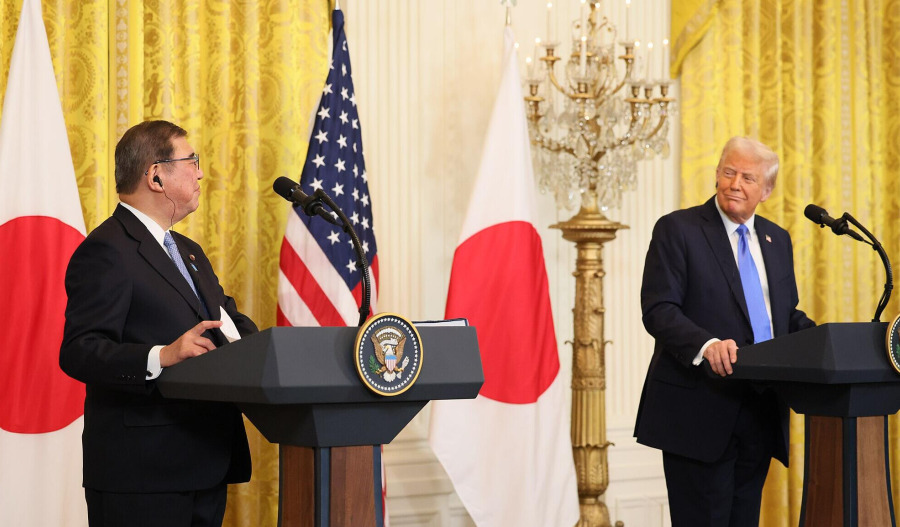Strong electric vehicle sales have helped to deliver robust third-quarter results for major automakers, with Ford Motor, General Motors and Hyundai all reporting record quarterly sales of all-electric vehicles from July through September.
GM and Ford witnessed third-quarter sales up by around 8% from a year earlier, with EV sales more than doubling for GM and by 30% at Ford.
Hyundai also reported a doubling sales of all-electric vehicles during the third quarter, with year-on-year sales up 13%.
Underpinning strong EV sales were consumers proceeding with plans to purchase a new zero-emissions vehicle ahead of federal EV incentives of up to US$7,500 ending in September.
Cox Automotive forecasts sales of EVs hit 410,000 during the third quarter, up 21% from a year earlier - marking the highest amount of EVs ever sold in a quarter in the U.S.
According to forecasts from Cox and CarMax’s Edmunds, sales of EVs as well as plug-in hybrid electric vehicles - that also qualify for federal incentives - are also expected to assist in boosting third-quarter vehicle sales up between 4% and 7%.
While the incentives expired as part of the Trump administration’s “One Big Beautiful Bill Act”, some automakers are trying to keep their EV sales momentum going with perks for buying a U.S.-assembled vehicle, regardless of it being an EV.
On Wednesday, Hyundai said it is reducing pricing for its 2026 Ioniq 5 EV by up to US$9,800 and offering a US$7,500 cash incentive on 2025 models, matching the federal credits.
“We’re very bullish when it comes to EV sales in the marketplace,” said Randy Parker, CEO of Hyundai Motor America, adding the brand is evaluating pricing on other models as well.
“There’s going to be a little bit of a reset in October, probably even November, but the EV market will settle, and at that point, we view this as an opportunity. ... We’re not backing off.”
Meanwhile, GM and Ford also extended the use of a US$7,500 U.S. tax credit on leases of electric vehicles by rolling out programs to their retailers under which the automakers’ financing arm would initiate the purchase of EVs in dealers’ inventory by making down payments on them.
Ford CEO Jim Farley told the market he “wouldn’t be surprised” if sales of EVs fell from an industry market share of around 10% to 12% this month — which is expected to be a record — to 5% after the incentive program ends.
Overall, GM remained the top automaker in U.S. sales through the third quarter of this year, with the Detroit company estimating a market share of 17.2% – its highest position since 2015.
“No one is in a stronger position for a changing U.S. market than GM. We have the best lineup of ICE and EV vehicles we’ve ever had, and our brands have grown market share with consistently strong pricing, low incentives and inventory,” said GM North American President Duncan Aldred.
GM estimated the industry-wide sales pace for the third quarter was 16.7 million to 16.9 million units — higher than some earlier industry estimates, led by gains in EVs.
Meantime, Toyota Motor — the world’s largest automaker — said its quarterly sales increased 16%, while Honda Motor’s sales fell 2% from a year earlier and Nissan Motor reported an increase of 5.3%.
Then there’s Chrysler and Jeep parent Stellantis, which reported a 6% sales increase during the third quarter compared to a year earlier, with the carmaker continuing a turnaround plan to reverse a years-long decline in U.S. sales.

Join our community of decision-makers. No card required
Join now

